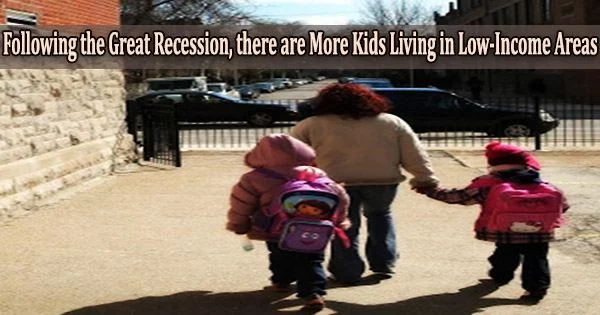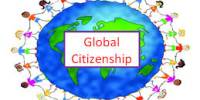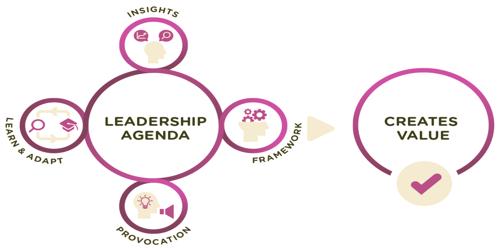According to recent research from researchers at Rice University, the University of Pennsylvania, and the University of Wisconsin, more kids are residing in high-poverty neighborhoods as a result of the Great Recession, which is concerning because kids in these neighborhoods are academically one year behind.
“Family Poverty and Neighborhood Poverty: Links With Children’s School Readiness Before and After the Great Recession” examines how neighborhood and family poverty predict children’s academic skills and classroom behavior when they start school, and whether associations have changed over a period of 12 years that included the 2008 recession. The researchers looked at kindergarten cohorts from all around the United States between 1998 and 2010 using information from the Early Childhood Longitudinal Study.
The study found that after the Great Recession, there were more kids whose parents weren’t previously impoverished living in high-poverty areas. In 1998, 36% of kids lived in areas with moderate, high, or extreme levels of poverty. The percentage increased to 43.9 percent in 2010.
A high-poverty community is one where 40% or more of the people live below the poverty line, according to the study. A moderate-high-poor area was one with poverty rates between 20 and 39.9%, a moderate-low one between 14 and 19.9%, and a low one of 13.9 percent or less.
Regardless of individual family income, there is something about living in a higher poverty neighborhood that negatively affects education outcomes. This is a topic that should be of great concern for educators and policymakers alike.
Professor Rachel Kimbro
White children who are not Hispanic experienced the most change in terms of residing in high-poverty areas. They were 13.2 percentage points more likely in 2010 than they were in 1998 to reside in neighborhoods with moderate poverty, moderate high poverty, and high poverty.
In contrast, non-Hispanic black children in 2010 were just 4.1 percentage points more likely to reside in a neighborhood with moderate to high levels of poverty. In 2010, Hispanic children were 5 percentage points more likely than white children to reside in a high-poverty area.
Rachel Kimbro, a professor of sociology in Rice’s School of Social Sciences and founding director of the Kinder Institute’s Urban Health Program, cautioned that these numbers do not mean that things got better for minority groups; it meant that things got worse for non-Hispanic whites.
“Although post-recession, more white kids were living in higher poverty neighborhoods, minority children are still significantly more likely overall to live in higher poverty neighborhoods,” she said.
Kimbro said she and her fellow authors are uncertain whether this shift is because higher-income families moved into high-poverty neighborhoods due to home foreclosure or other factors, or families within moderate-poverty neighborhoods losing income and becoming poorer (thus increasing the number of poor residents).
Regardless, the results are worrying, she said, because children who live in poor neighborhoods are, on average, a year behind academically, according to standardized math, reading and writing assessment tests of the students.
“Regardless of individual family income, there is something about living in a higher poverty neighborhood that negatively affects education outcomes,” she said. “This is a topic that should be of great concern for educators and policymakers alike.”
Kimbro thinks that her research will clarify how communities affect academic achievement and enable educators and policymakers to develop remedies for struggling pupils.
Sharon Wolf of the University of Pennsylvania served as the study’s lead author, and Katherine Magnuson of the University of Wisconsin served as a co-author.
















